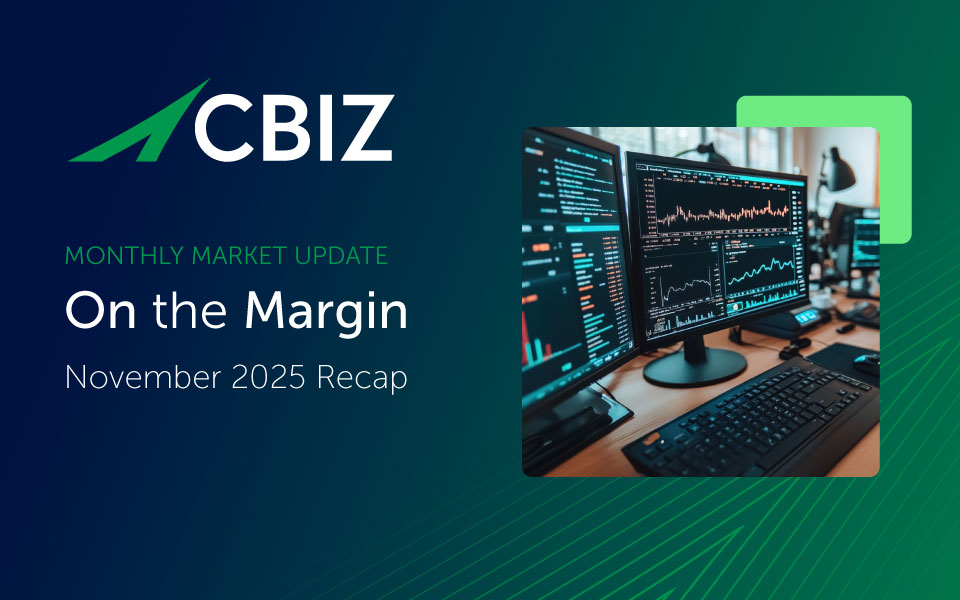Insights That Drive Action
Access fresh perspectives, in-depth analysis, and industry trends that empower your business. From articles and videos to webinars and reports, CBIZ delivers the insights you need to stay ahead.
Subscribe to CBIZ’s Newsletters
Stay informed and gain valuable insights by subscribing today. Set up your subscriptions to receive the latest accounting, tax, advisory, benefits, insurance, technology insights, as well as industry updates from CBIZ.
